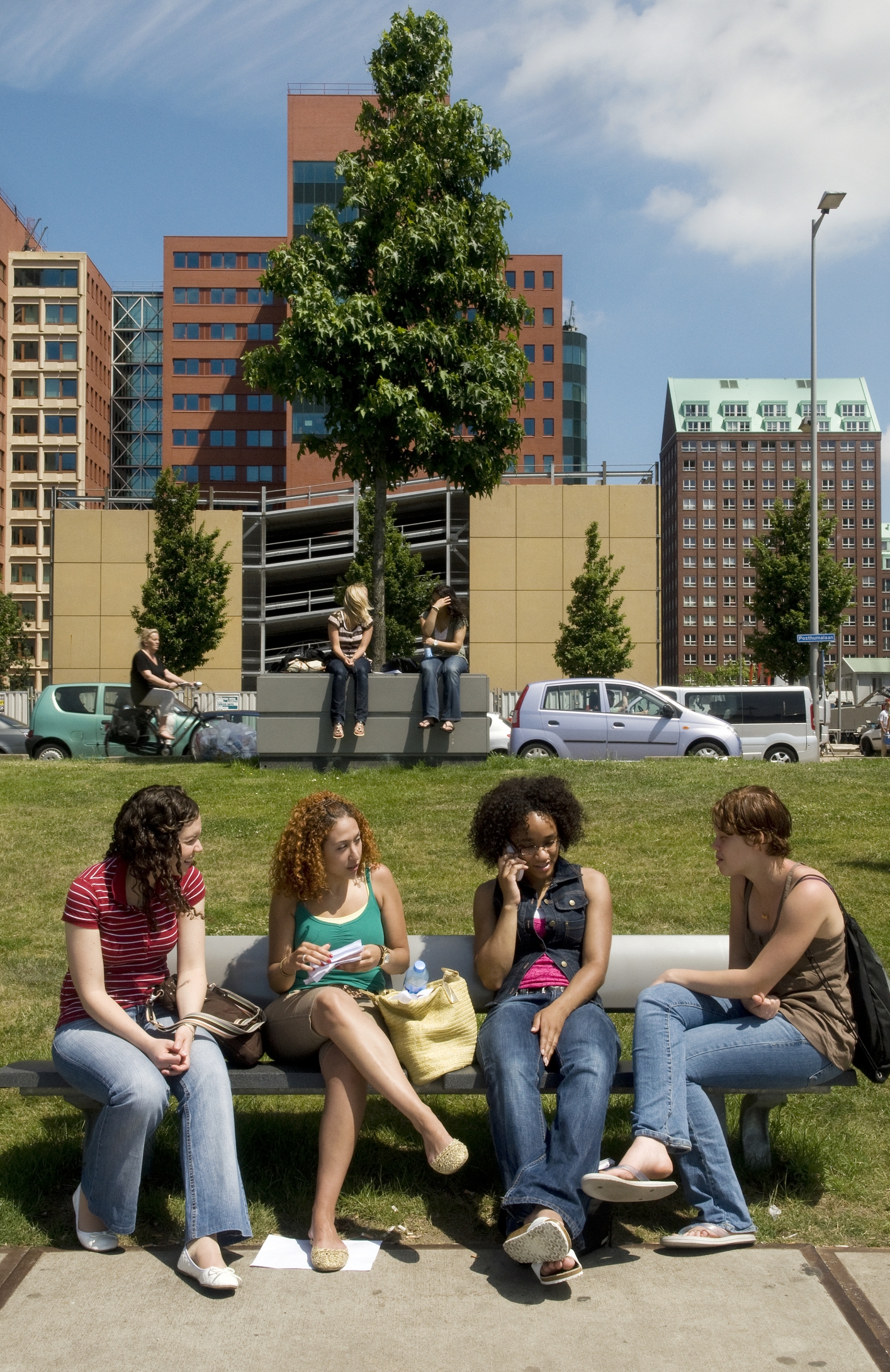
Background and request for advice
To have access to urban life, you need to be able to live in the vicinity, make use of public amenities and be mobile. For more and more people this is becoming an increasing problem. Living in the city is becoming increasingly expensive, this applies to both rental and owner-occupied housing. Substantial cuts have been made to public amenities such as health care, libraries, sports and welfare centres. And transport, for getting to work, school or the hospital, for instance, is too expensive or time consuming for many people. As a result, more and more people are losing access to the city.
The Council wishes to use this advisory report to put the issue of city accessibility on the agenda and outline ways in which the government can ensure that cities are and remain accessible to everyone.
Explanation
Key functions public amenities, housing and transport
Three functions in the living environment are central to the accessibility of cities in this advisory report: public amenities, housing and transport. These functions are a precondition for work, education, health care and encounters and are therefore called key functions by the Council.
In order to identify the conditions that must be met in order to better guarantee citizens' access to the city's key functions, it is necessary not only to look from the perspective of the policymakers, but also (and above all) from the perspectives of individual citizens. What are their limitations and possibilities? Are their personal circumstances and capacities taken into account sufficiently and what problems do they encounter in their environment? Availability, affordability and accessibility is what matters, but also, for example, the comprehensibility of rules and digital information systems.
More and more people facing problems
Cities are becoming more inaccessible for three groups of people. The first group consists of vulnerable people with, for example, a low income or a physical or mental disability. In addition, there are the 'new vulnerable people': people on middle incomes who are self-reliant but still have difficulty accessing urban life. This applies, for example, to flex workers who cannot get a mortgage and have to pay higher rents or have to make increasingly longer trips to combine work and family. The third group consists of people who would like to develop an initiative together in the city, but who cannot find a location or encounter all kinds of rules.
Recommendations to the government and municipalities
The Council has formulated a number of recommendations to the government and municipalities on how to bring about easier accessibility to cities with a greater focus on the citizen.
1. Increased focus on the citizen through an accessibility assessment
The Rli advocates that both the government and municipalities should, more than at present, base their policy on the position of different groups of people in society. They have to ask themselves the question: what influence do our plans and policies have on the accessibility of the city? How much money and time do people need to be able to participate in urban life? The Council therefore proposes to carry out an accessibility assessment for new urban policy.
2. Create scope for civil initiatives.
The government and municipalities should provide more room for civil initiatives that improve access to urban society. That can be accomplished by experimenting and relaxing regulation. The government could support building initiatives by establishing a guarantee fund, by empowering housing associations to provide financial support for cooperative groups and by making land available for an appropriate price.
3. Improve access to all three key functions
Access to each of the key functions of the city needs to improve:
• Public amenities: the Rli recommends that all cities draw up an ‘investment strategy for public amenities’, which covers the access to urban society of different groups of people. The national government must also make a financial contribution to this.
• Housing: the Rli recommends making better use of the existing housing stock, e.g. by revising the cost-sharing standard for welfare recipients and by facilitating more efficient use of space in owner-occupied and rental housing. The council also advises against uncontrolled price increases in the rental sector by adjusting the tax rules for private landlords.
• Transport: the Rli recommends that the basic principle of transport policy should be that everyone in Netherlands can make all of their desired journeys at a reasonable cost (in terms of money, time and effort). That translates into the goal of amenities being reachable within fifteen minutes on foot, by bicycle or with public transport. This means that measures will be needed to improve the proximity of amenities and the density of the mobility network.
Publication
On 1 October 2020, the Council presented its advisory report ‘Access to the city’ to the Dutch Minister of the Interior and Kingdom Relations, Kajsa Ollongren, and the Dutch Minister of Infrastructure and Water Management, Cora van Nieuwenhuizen.
More information
If you wish to respond or would like more information, please contact project leader Douwe Wielenga, Douwe.wielenga@rli.nl